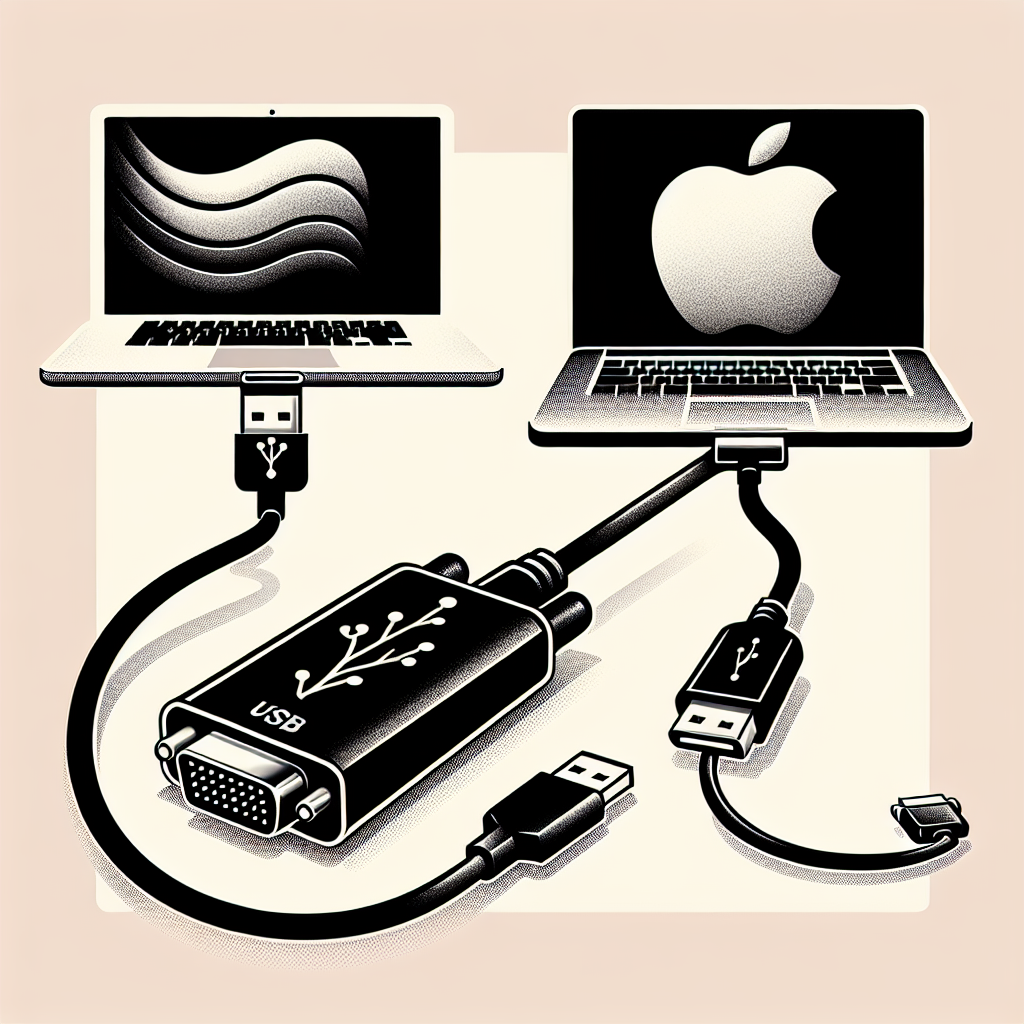Introduction
In today’s digital age, managing files and folders efficiently can significantly enhance your productivity and organization. This article will guide you through the step-by-step process of creating and managing files and folders on various operating systems, along with effective tips for maintaining a well-organized digital workspace.
Creating Files and Folders
Windows
Creating and managing files and folders on Windows is a straightforward process. Here’s how you can do it:
- Create a Folder: Right-click on the desktop or within any directory, select New > Folder, and then name your folder.
- Create a File: Open the application you intend to use (e.g., Microsoft Word for a document) and click File > New. Create your content and save the file in your desired location.
macOS
Mac users also have an easy-to-follow process to create files and folders:
- Create a Folder: Right-click on the desktop or within any Finder window, select New Folder, and name your folder.
- Create a File: Open the relevant application (e.g., Pages for a document), create your content, and save the file in the desired directory.
Linux
On Linux distributions, the process varies slightly depending on the desktop environment:
- Create a Folder: Right-click on the desktop or within any file explorer window, select Create New > Folder, and then name your folder.
- Create a File: Open the appropriate application (e.g., LibreOffice Writer for text documents), create your content, and save it in your desired location.
Using Command Line
The command line interface (CLI) provides powerful capabilities for file and folder management. Below is a comparison of commands across different operating systems:
| OS | Create Folder | Create File |
|---|---|---|
| Windows (Command Prompt) | mkdir folder_name |
echo. > file_name.txt |
| macOS & Linux (Terminal) | mkdir folder_name |
touch file_name.txt |
Managing Files and Folders
Renaming
Renaming files and folders can help maintain organization:
- Windows: Right-click on the file or folder, select Rename, and type the new name.
- macOS: Right-click or control-click on the item, choose Rename, and enter the new name.
- Linux: Depending on the file manager, right-click and select Rename, or use the
mvcommand in the terminal.
Moving
Moving files and folders organizes your workspace:
- Windows: Drag and drop the item to the desired location, or cut (Ctrl+X) and paste (Ctrl+V) it.
- macOS: Drag and drop, or use Command+C (copy) and Command+V (paste).
- Linux: Drag and drop, or use the
mvcommand in the terminal.
Deleting
Deleting unnecessary files and folders frees up storage space:
- Windows: Right-click on the item, select Delete, or press the Delete key.
- macOS: Drag the item to the Trash, or right-click and select Move to Trash.
- Linux: Right-click and choose Move to Trash, or use the
rmcommand in the terminal.
Advanced Management Techniques
Search and Organization
Effective organization techniques can streamline your workflow:
- Folder Structures: Create a hierarchical structure that reflects the nature of your work, such as organizing by project, date, or file type.
- Naming Conventions: Use consistent naming conventions to make files easier to locate.
- Tags and Metadata: Utilize tags and metadata features in your operating system to classify and find files quickly.
Backup Strategies
Regular backups protect against data loss:
- Automated Backups: Set up automated backups using built-in tools like Windows Backup, Time Machine for macOS, or Rsync for Linux.
- Cloud Storage: Use cloud services such as Google Drive, Dropbox, or OneDrive to keep an offsite backup of your important files.
Security
Security practices keep your data safe:
- Permissions: Set appropriate permissions to control access to sensitive files and folders.
- Encryption: Use encryption tools to protect confidential information.
- Antivirus Software: Keep antivirus software up to date to protect against malware and other threats.
Conclusion
Creating and managing files and folders efficiently is essential for maintaining a well-organized digital workspace. By following the steps and tips provided in this guide, you can enhance your productivity and ensure your important data is always organized and secure.




